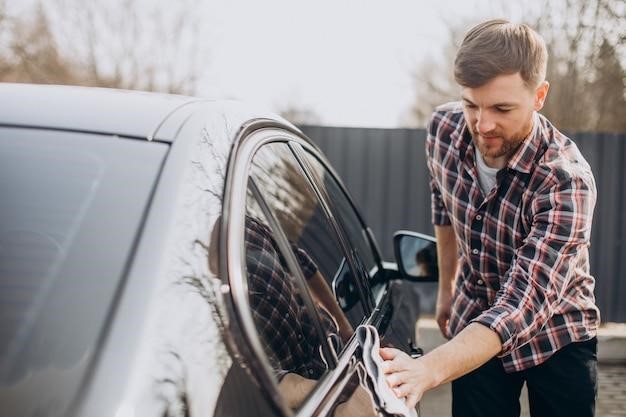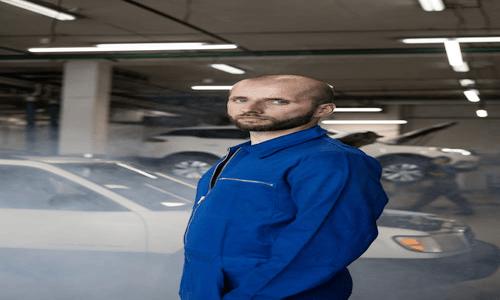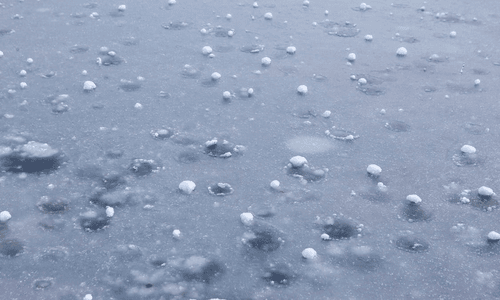Why Skipping Hail Repair in El Paso Could Hurt Your Car’s Value

San Antonio Hailstorms: Are Aluminum Cars at Risk?
August 26, 2025
Post-Storm Checklist for Hail Damage on Your Car in Killeen
September 24, 2025Living in El Paso means enjoying over 300 days of sunshine each year. But with the warm climate also comes the occasional severe thunderstorm – and with it, the risk of hail. Just last year, there were over 40 on-the-ground reports in and around the city, as per Interactive Hail Maps.
If you live in El Paso, then you already know the answer to – Does hail damage cars? The more important thing is being prepared to deal with the damage. Hail can leave anything from tiny dimples to extensive damage. But when left unattended, hail damage impacts a car’s value in the long run.
While you may be tempted to shrug off minor dents or assume repairs can wait, skipping hail repair in El Paso can come at a much higher cost than you might expect. To understand why, keep reading this blog.
The Impact of Neglecting Hail Repair in El Paso
Hailstorms may not be as frequent in El Paso as they are in other regions, like Amarillo or Dallas, but they still occur. And when they do, they hit hard. With large temperature swings between daytime heat and cooler evenings, conditions are ideal for strong thunderstorms. Hailstones as large as golf balls or even baseballs have been reported across the region.
So why does it matter so much in El Paso?
Because El Paso isn’t a city where hail happens weekly, many car owners underestimate the long-term effects of damage. They may think, “It’s just cosmetic; I’ll fix it later.” Unfortunately, waiting allows the problem to worsen.
Here’s why.
1. Hidden Damage Beneath the Surface
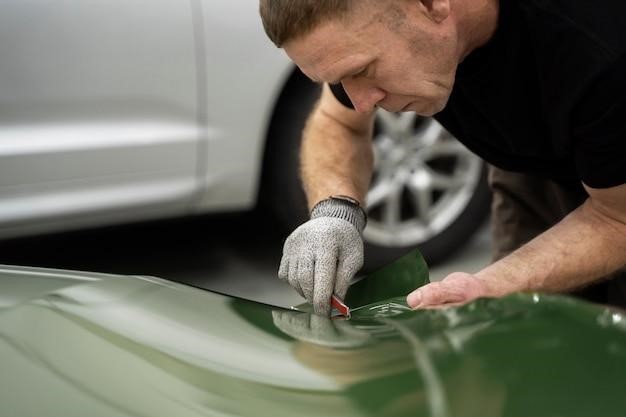
Why is hail damage bad for a car? After all, it’s purely a cosmetic issue. That’s what most people think. However, that’s not always true. Hail can cause a variety of damage.
Some hidden risks of hail include:
Compromised Paintwork
Hail dents often cause micro-cracks in the paint. Over time, these can spread and lead to rust, especially if the protective coating is broken. In El Paso’s dry climate, rust might not spread as quickly as in humid areas, but once it starts, it can be costly to repair. (and then, you’ll be worrying about the cost of fixing hail damage on your car)
Structural Weakness
Ignoring hail repair isn’t just about surface damage. You could be overlooking safety and long-term durability issues.
Many modern vehicles are made from thin aluminum sheets. So panels may weaken after multiple impacts, bending, or cracking over time. This reduces the structural integrity of essential components, such as the doors, roofs, and hoods, compromising your safety should your car be involved in an accident later on.
Windshield and Glass Stress
Even if your windshield doesn’t shatter during the hailstorm, micro-fractures could be present. Heat fluctuations in El Paso may cause these tiny cracks to expand, eventually requiring full glass replacement.
2. Impact on Vehicle Value
Potential buyers or dealerships zoom in on the smallest dents and dings when making a purchase. Cars with obvious exterior flaws put you in a weaker negotiating position, and hail damage devalues a car immediately during trade-ins or resale. That’s because the full cost of repairs is usually deducted from the offer.
Now, you might be wondering, how much does hail damage affect trade-in value?
Industry experts estimate that hail damage can reduce a car’s market value by 10% to 20%, depending on severity. But if there is severe hail damage to the panels, paint, or glass, that could slash the resale value even further.
3. El Paso Has a Competitive Used Car Market
Used car buyers often compare multiple vehicles online before setting up a test drive. Pictures of visible hail dents can make your car appear poorly maintained and discourage potential buyers. If private buyers are hesitant to purchase your damaged car, it significantly narrows your pool of interested parties, making it harder to sell.
4. Insurance Considerations
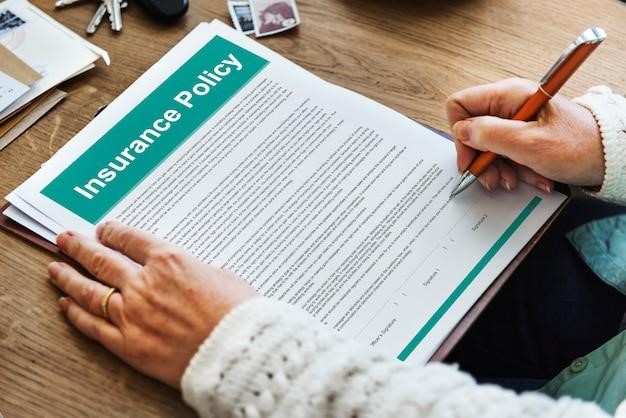
Some drivers avoid filing claims because they fear premium hikes. But most comprehensive auto insurance policies in Texas cover hail damage. If you’re wondering if hail damage raises car insurance rates, you can put your mind at ease. Since hail damage falls under “act of God” coverage, your insurance rates typically do not increase.
However, if you don’t file a claim promptly, you may run into problems. For instance, you could:
- Miss Deadlines: Insurance companies often have time limits for filing hail damage claims. Waiting too long could leave you paying out of pocket.
- Not Have Proof of Damage: If another hailstorm occurs later, insurers may refuse coverage, claiming they can’t distinguish between old and new damage.
So skipping insurance-covered repairs is essentially turning down free protection for your investment.
5. Effect on Financing
If you’re leasing or financing a vehicle in El Paso, skipping hail repairs could violate your contract. Leasing companies typically require vehicles to be returned in good condition, with allowances only for normal wear and tear. Hail dents don’t qualify.
Failing to repair the damage before turning in your lease could result in steep end-of-lease penalties. Similarly, lenders may require you to maintain your car’s value as collateral for the loan, meaning visible hail damage could create complications.
Paintless Dent Repair: The Preferred Hail Repair Solution
The good news is that many dents caused by hail can be repaired using Paintless Dent Repair (PDR), a non-invasive method where technicians massage dents out from behind the panel. PDR offers several advantages:
- Preserves Original Paint: Since no repainting is required, your factory finish remains intact.
- Cost-Effective: Often cheaper than traditional bodywork.
- Faster Turnaround: Many hail damage repairs can be completed in a few days or less.
- Insurance Approved: Most insurance companies recognize and cover PDR for hail claims.
In El Paso, where car owners often value both affordability and maintaining resale value, PDR is an ideal solution. So inspect your car immediately after a storm, even if the dents look minor. File an insurance claim promptly to secure coverage. And finally, choose a trusted repair shop that specializes in high-quality paintless dent removal.
Protect Your Auto Investment in El Paso
Your car isn’t just transportation – it’s one of the bigger investments you’ll make during your life. In a city like El Paso, where hail is less common but often severe, treating hail repair as optional can be a costly mistake. Long-term consequences can include decreased resale value, insurance complications, hidden structural damage, and more.
Addressing hail repairs in El Paso with professionals like us can protect your vehicle’s appearance, safety, and performance. At Rapid Auto Hail Repair, we help guide you through the entire process, from initial assessment to quality paintless dent repairs and insurance claims. So don’t hesitate to give us a call and get your free quote today.

